The coconut tree, Coco Nucifera as scenticfic name, has been on the earth since prehistory time in Melanesie. It floated along the coast to tropical lands. Coconuts were brought to Europe by Marco Polo called "the fruit of Pharaoh".
In South East Asia, coconuts have been grown mainly in Vietnam and Phillipines in which everyone know about this wonderful fruit. However, not all of us know about the great advantage of the coconuts' different parts.
1. Coconut water
Coconut water is a popular beverage in many tropical regions. It dudded a aseptic water (when its shell don't be broken), and can be use as intravenous fluid.
Coconut water contains many nutrients such as sugar, protein, antioxidants, vitamins, and mineral, which are neccessary for human development. The content of kali and Magic in coconut water is similar to the solution of the human cells, so it is often use for patients with diarrhea.
Coconut water also can be used for form gelatinous dessert called coconut jelly.
2. Coconut pulp
Pure white coconut pulp is edible and used in fresh or dried forms for some dishes. Desiccated coconut is also a raw material for coconut oil production
Coconut pulp is used to produce coconut milk, also known as coconut milk (containing approximately 17% fat) which a major component of many dishes in Southeast Asia and Vietnam as coconut candy, coconut cream, coconut jelly, etc. In addition, the coconut fibre residue from the coconut milk production is also used as feed for livestock.
Sweetened coconut, a traditional dish in Lunar New Year of Vietnam, was made from coconut pulp which was heated with sugar and dried under the sun.
3. Dried coconut shell
Dried coconut shell broken into two parts is used as components of some instruments such as Dan Gao of Vietnam. Coconut shell is also used as a scoop and material of arts and crafts items.
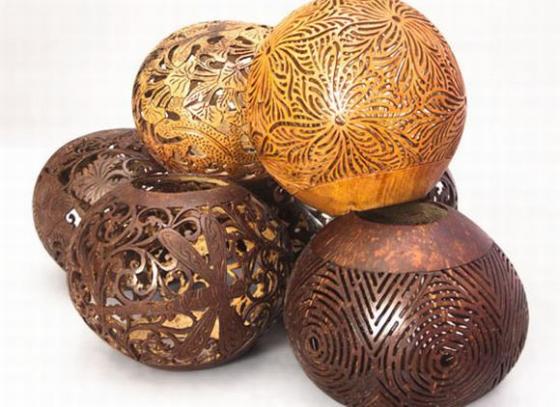
4. Coconut coir
Coir is used as ropes, mats, brushes, as well as mosaic boat; it is also widely used in horticulture for filler in fertilizers.
Coir can make fuel or to produce charcoal.
5. Coconut flower
In the Philippines, it is common for slitting the coconut inflorescence to get flower resin. This resin is fermented to produce palm wine, also known as tuba.
6. Coconut leaves
People use the coconut leaves to build their houses which are popular in South West of Vietnam. It is also used to make some kind of basket and coconut broom.
The midrib of the leaf has a hardness suitable for making brochettes (Broilers as example) in cooking.
The buds on the tops of coconut trees is edible and it is sometimes gather to eat. The interior of the young leaves can be harvested as heart of coconut considered a delicacy is usually eaten in salads. However this type of exploitation killing the coconut trees is not currently recommended.
7. Coconut trunk
Coconut wood can be used as crafts or material for some of special building (the most famous is the Coconut Palace in Manila). Hawaiians also perforated hollow coconut trunk to make drums.
The core of coconut trunk is also called Cu Hu Dua, sometimes also used as food.
8. Coconut roof
Coconut roots can be used as dyes, disinfectant mouthwash or treatment of dysentery. It can also be used for brushing teeth.



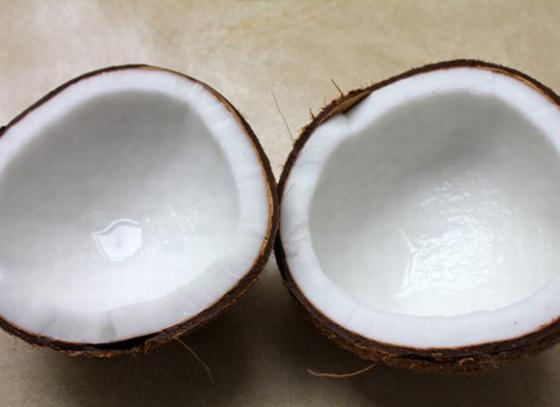
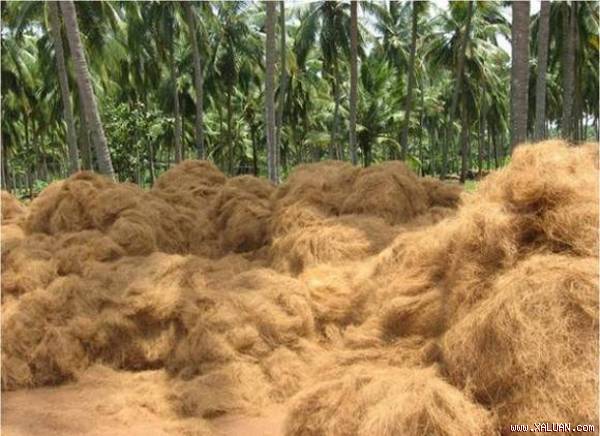
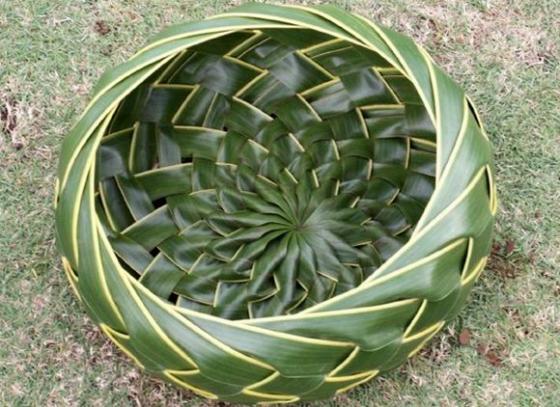
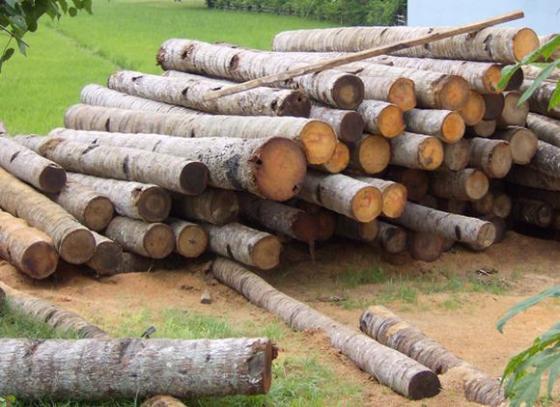
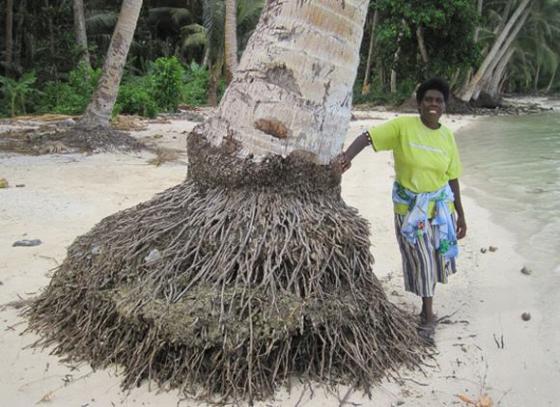
No comments:
Post a Comment